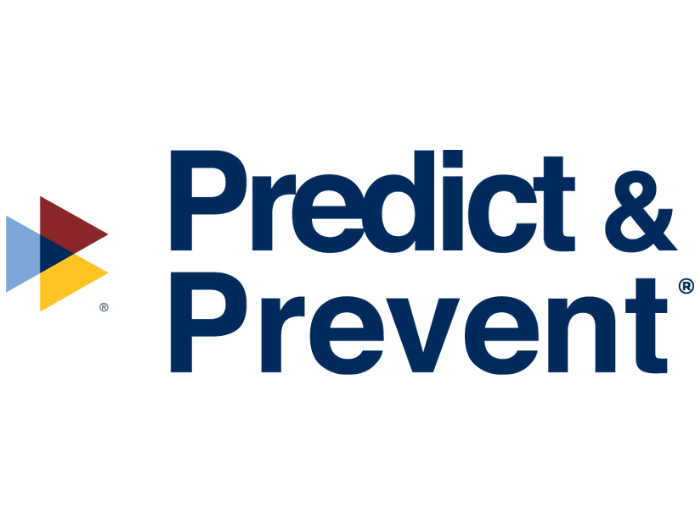5 Crucial Tips for Keeping Young People Safe from Abuse and Exploitation
Since 1789, Congress has enacted more than 30,000 federal statutes in the United States. However, CAPTA is the only statute created to protect children from child abuse and neglect, and no state fully complies with this law.
Congress passed The Child Abuse Prevention and Treatment Act (CAPTA) in 1974 and has amended this law several times to include various aspects and populations of child abuse and neglect. This year, the House passed the Stronger CAPTA Act with the hopes of improving the quality of federal and state child abuse data.
As of today, CAPTA only mandates youth-serving organizations to require conducting criminal background checks and require mandatory reporter training on individuals working with minors.
Because the federal government does not explicitly specify what to include in criminal background checks or mandatory reporter training, states and professionals working with minors can interpret and enforce this requirement as they deem necessary, often neglecting to consider other risks associated with youth protection.
The results of limited youth protection guidance from the federal government primarily affect youth-serving organizations’ senior leadership. The consequences of not complying with CAPTA include fines from the United States Department of Education, termination from senior positions, and in rare cases, criminal charges filed against all parties involved including senior leadership ().
But the effects of ineffective youth protection systems do not stop at youth-serving organizations. Insurance carriers are responsible for paying out exorbitant lawsuit settlements and awards through errors and omissions (E & O) or directors and officers (D & O) insurance policies.
In 2020, there were 31 major damage awards and settlements of $1 million or more involving K-12 schools, colleges, and universities, with the largest settlement totaling $73 million.
Senior leadership must begin to rethink youth protection by building systems that create a clear path of accountability. Youth-serving organizations that fail to consider other aspects of youth protection could one day face criminal investigations, unwanted lawsuits, and negative publicity.
To reduce risks associated with hosting, operating, or sponsoring programs for minors, senior leadership can start today with the following:
1) Get involved in the youth protection decision-making process.
As senior leaders, we often trust others to make decisions in their areas of expertise without micromanaging the process. However, in cases where our organizations invite minors to participate in programming and recruitment activities, we assume the roles and responsibilities of caregivers, according to the legal doctrine of In Loco Parentis (Latin meaning “in place of a parent”).
So, leaving a decision in the hands of others when it affects senior leadership the most may result in avoidable risks and consequences.
Senior leaders can start by reviewing (and memorizing) state and local child abuse laws and regulations. States tend to provide specific information regarding mandatory reporter training requirements such as which individuals to train, what information to include, and how often individuals should complete the required training.
Next, review your organization’s youth protection policies and procedures for any inconsistencies with your organization’s standard operating procedures and state requirements.
Most importantly, attend youth protection planning sessions and meet regularly with your compliance and risk management personnel to review data and gather feedback.
2) Confirm that your organization conducts comprehensive reference checks in addition to criminal background checks.
As mentioned earlier, CAPTA does not explicitly state what should be included in criminal background checks when hiring individuals to work with minors.
States can determine what is necessary for conducting criminal background checks, and organizations may decide which convictions would disqualify an individual from working with minors.
Often states require organizations to consider criminal convictions and sex offender registries. But if an individual has no convictions or benefited from an expungement of their criminal records, organizations may not disqualify that individual because the records do not provide results related to prior offenses.
Conducting thorough reference checks provides youth-serving organizations with more information regarding an individual’s conduct or behavioral patterns while working at other organizations.
3) Expand the definition of mandatory reporters of child abuse and neglect.
States often designate individuals who have frequent contact with minors as mandatory reporters of child abuse and neglect. These individuals are usually social workers, educators, medical professionals, mental health professionals, childcare workers, and law enforcement officers.
However, senior leadership should consider other professions that may also have direct or indirect access to minors. These professions include clergy, photographers/videographers, editors, and IT professionals.
Expanding the list of mandatory reporters assists your organizations with identifying suspected cases of child abuse and neglect. In addition, increasing the number of individuals trained on your reporting procedures and requirements enhances the uniformity of your organization’s standard operating processes.
4) Provide youth protection training documents and related information in a variety of learning modalities.
Frequently, youth-serving organizations provide youth protection training (primarily mandatory reporter training) via an online learning platform that provides opportunities to reflect upon the new information by requiring the viewer to answer questions before moving on to the next training area.
Once the viewer completes the training by correctly answering a specified number of certifying question items, the individual receives a certificate of completion or a training transcript to maintain for their records. Usually, youth-serving organizations provide no additional information or resources to individuals responsible for working with minors to review later.
Youth protection should result from an ongoing, evolving decision-making process based on summative and formative data. Individuals responsible for working with minors should have access to training presented in their learning style and preference. Use youth protection data to guide the type of training and how it would be best disseminated.
For example, when providing youth protection training addressing various learning modalities, make training materials accessible by download to print. Many individuals may retain information better if they can touch the training materials while learning new information. Others may benefit from writing notes taken during an in-person mandatory reporter training session.
Regardless of what your organization provides as training materials to address various learning styles, displaying posters and posting messages in internal employee portals serves as reminders of the organization’s commitment to preventing child abuse and neglect.
5) Increase the number of links or web pages that provide your organization’s reporting procedures and information.
Have you ever been to a website, and it took you several tries to find what you were looking for during your search? In some cases, you may have abandoned the inquiry after a few attempts.
Imagine a 14-year old looking for your organization’s reporting hotline. Are they able to find the phone number within two clicks? Or will they have to search and scroll endlessly before finding the link?
Making your reporting information and procedures easily accessible increases the likelihood of your organization catching a questionable situation before it becomes a public relations nightmare. You also send the message to your stakeholders that safety and compliance are a priority.
The takeaway message is this- it is the responsibility of senior leadership to protect other people’s children when they are in your organization’s care, custody, and control. Effective youth protection systems not only work to protect minors but your organization’s reputation and investments as well. &










